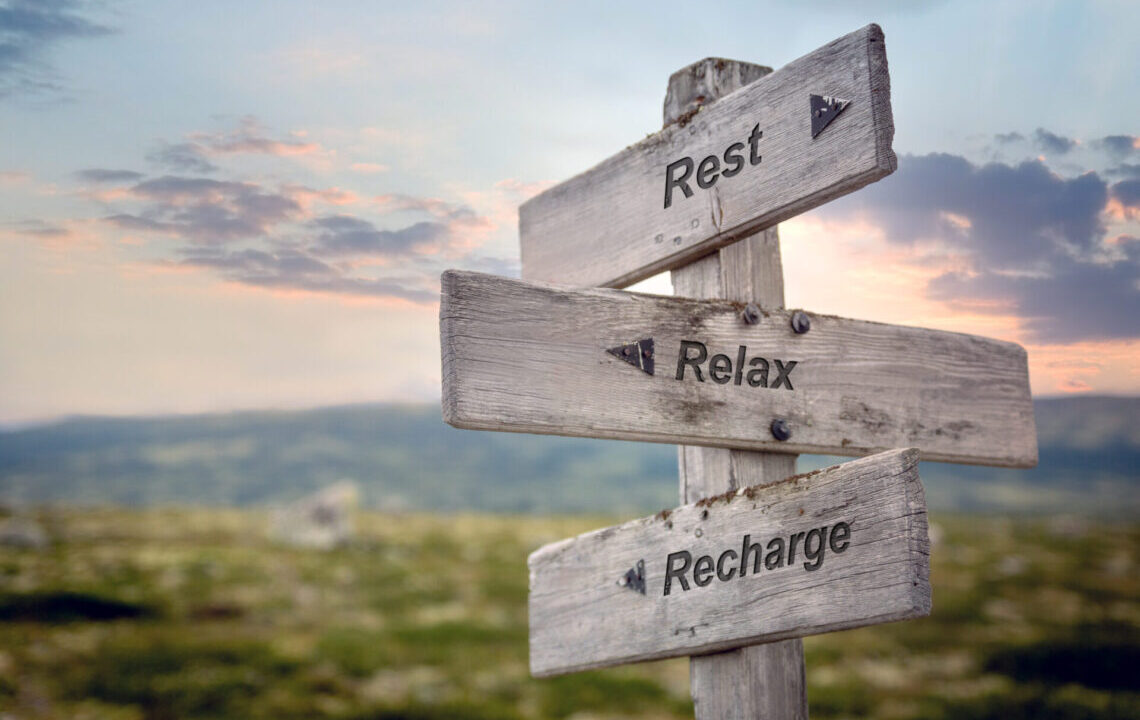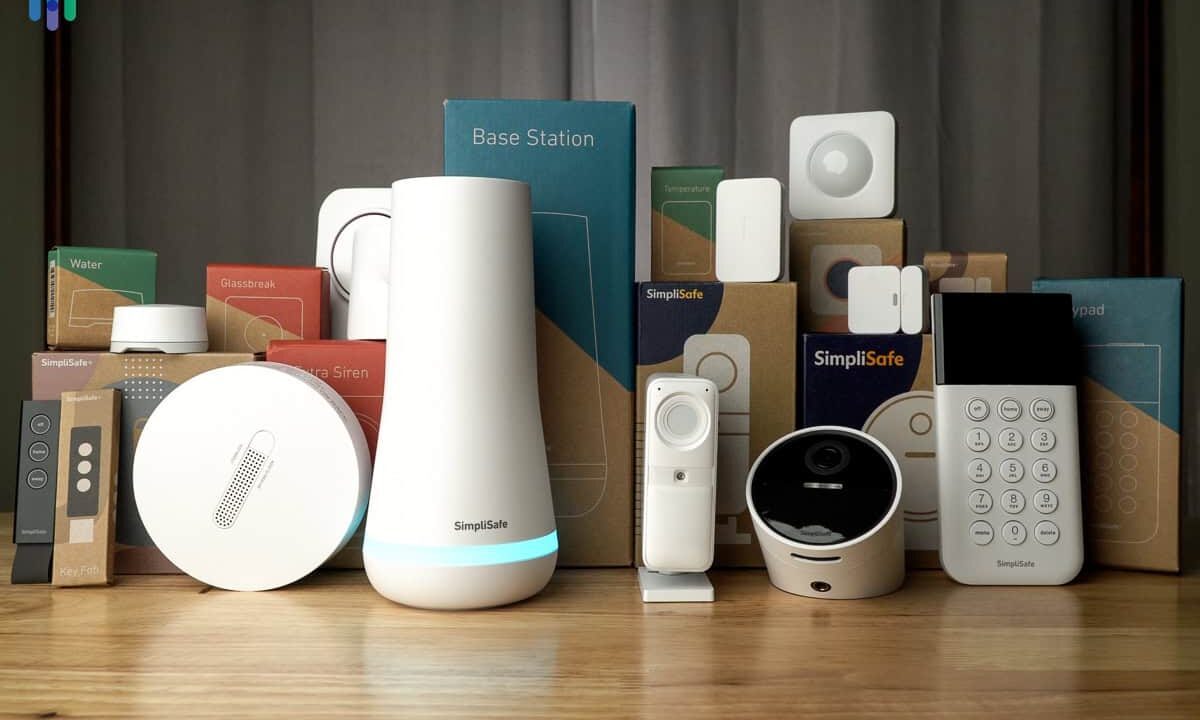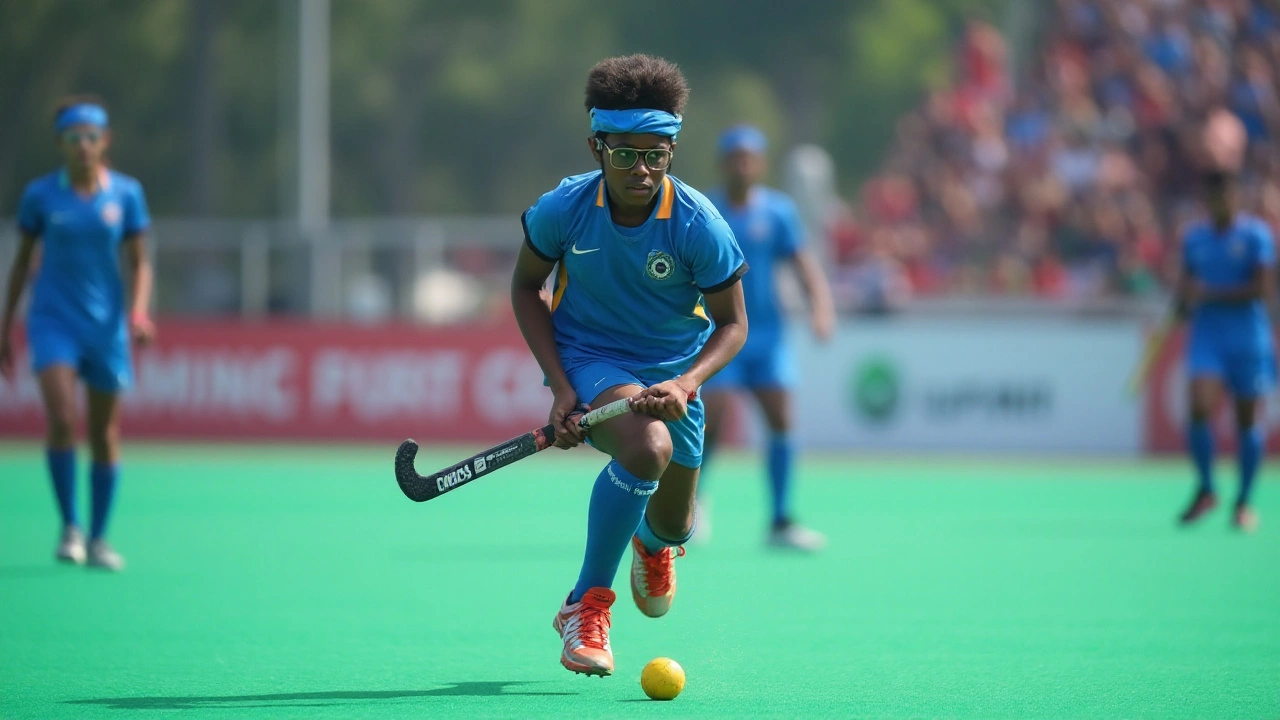Why Clean Sports Equipment Matters
Picture this: you’re gearing up for a big game, lacing up your favorite soccer cleats, only to catch a whiff of something that smells like a locker room forgot to shower. Gross, right? Keeping sports equipment clean isn’t just about avoiding funky odors—it’s about extending the life of your gear, ensuring safety, and boosting performance. Dirty equipment can harbor bacteria, degrade materials, and even affect your game. Let’s dive into practical, smart tips to keep your gear in top shape, whether you’re a weekend warrior or a seasoned athlete.
Understanding the Risks of Dirty Sports Equipment
Health Hazards from Bacteria and Mold
Sweaty gear is a breeding ground for bacteria and mold, which can lead to skin infections or respiratory issues. For instance, damp hockey pads or gym bags left unwashed can develop Staphylococcus aureus, a bacteria linked to skin infections. Regular cleaning eliminates these risks, keeping you healthy and ready to play.
Impact on Performance and Equipment Longevity
Dirt and grime can wear down materials like leather, rubber, or fabric, reducing grip, flexibility, or durability. A muddy baseball glove, for example, loses its suppleness, making catches harder. Clean equipment performs better and lasts longer, saving you money on replacements.
Essential Cleaning Tools and Supplies
Must-Have Cleaning Products
To clean sports equipment effectively, stock up on these essentials:
- Mild dish soap: Gentle yet effective for most materials.
- White vinegar: A natural disinfectant for odor control.
- Baking soda: Neutralizes smells and tackles tough stains.
- Microfiber cloths: Soft, non-abrasive, and great for wiping down surfaces.
- Soft-bristle brush: Perfect for scrubbing without damaging gear.
Optional but Useful Tools
Consider investing in specialized tools like UV sanitizers or gear-specific cleaning sprays for advanced care. For example, a UV shoe sanitizer can zap bacteria in sneakers, while a hockey pad cleaner targets tough odors in bulky gear.
Where to Get Quality Cleaning Supplies
You can find these products at local stores like Walmart or Target, or online at Amazon, where brands like Lysol and GearWash offer sports-specific cleaning solutions. For eco-friendly options, check out Seventh Generation or Method for biodegradable soaps.
Cleaning Different Types of Sports Equipment
Footwear: Sneakers, Cleats, and Boots
Cleaning Sneakers
Sneakers take a beating, from muddy trails to sweaty gym sessions. Remove laces and insoles, then scrub the exterior with a soft brush and soapy water. Air-dry them away from direct heat to prevent material damage. Pro tip: Stuff them with newspaper to absorb moisture and maintain shape.
Maintaining Soccer Cleats
Cleats often get caked in mud. Knock off excess dirt, then use a damp cloth with mild soap to clean the upper. For leather cleats, apply a conditioner to prevent cracking. Avoid soaking them, as water can weaken glue or stitching.
Caring for Hiking Boots
Hiking boots face dirt, water, and rocks. Brush off debris, then use a waterproof boot cleaner like Nikwax. Apply a waterproofing spray post-cleaning to maintain protection. Store them in a cool, dry place to avoid mildew.
Protective Gear: Helmets, Pads, and Guards
Cleaning Helmets
Helmets, like those for cycling or football, collect sweat and bacteria. Wipe the exterior with a damp cloth and mild soap, and use a disinfectant spray on the inner padding. For removable pads, hand-wash and air-dry. Never submerge a helmet, as it can damage foam or electronics.
Washing Pads and Guards
Shin guards, knee pads, and shoulder pads need regular care. Hand-wash removable pads with soap and water, or use a gear-specific spray for non-removable ones. A friend of mine, a hockey player, swears by soaking his pads in a vinegar-water mix to banish odors.
Balls: Soccer, Basketball, and More
Soccer Balls
Soccer balls get scuffed and dirty fast. Wipe them with a damp cloth and mild soap, focusing on seams. Avoid over-wetting synthetic leather to prevent peeling. Dry thoroughly and store in a cool, dry place to maintain air pressure.
Basketballs
Indoor basketballs need gentle care to preserve grip. Use a soft cloth with soapy water, then dry immediately. For outdoor balls, a slightly damp brush can tackle tougher dirt. Check inflation levels post-cleaning to ensure bounce.
Comparison: Cleaning Methods for Different Equipment Types
| Equipment Type | Best Cleaning Method | Frequency | Key Tips |
|---|---|---|---|
| Sneakers | Soap, water, soft brush | Weekly | Remove insoles, air-dry |
| Soccer Cleats | Damp cloth, conditioner | After use | Avoid soaking leather |
| Helmets | Wipe, disinfectant spray | Bi-weekly | Don’t submerge |
| Pads/Guards | Hand-wash, vinegar soak | Weekly | Air-dry fully |
| Soccer Balls | Damp cloth, mild soap | After use | Dry seams well |
Smart Tips for Routine Maintenance
Create a Cleaning Schedule
Consistency is key. Set a schedule based on usage—weekly for heavily used gear like gym shoes, bi-weekly for protective pads. I learned this the hard way when my running shoes started smelling like a science experiment gone wrong. A quick weekly scrub saved them!
Store Gear Properly
Store equipment in a dry, ventilated area to prevent mold. Use breathable gear bags instead of plastic ones, and avoid piling damp items together. For example, hang hockey pads to air out after games instead of tossing them in a bag.
Use Odor Eliminators
Sprinkle baking soda inside shoes or bags to neutralize odors. Alternatively, try odor-eliminating sprays like Febreze Sport or place activated charcoal pouches in gear bags for a chemical-free solution.
Pros and Cons of Different Cleaning Approaches
Hand-Washing
- Pros: Gentle, cost-effective, controls water exposure.
- Cons: Time-consuming, may miss deep stains.
Machine-Washing
- Pros: Quick, thorough for washable items like jerseys.
- Cons: Can damage delicate gear, not suitable for all equipment.
Specialized Sprays
- Pros: Convenient, targets odors and bacteria.
- Cons: More expensive, may require frequent reapplication.
People Also Ask (PAA) Section
How do you disinfect sports equipment?
Use a disinfectant spray like Lysol or a vinegar-water mix (1:1 ratio). Spray lightly on surfaces, let sit for a minute, then wipe dry. For deeper cleaning, soak washable items in a vinegar solution for 10–15 minutes before rinsing.
Can you put sports gear in the washing machine?
Some items, like jerseys or removable pads, are machine-washable on a gentle cycle with cold water. Check manufacturer labels first, as machine-washing can damage items like cleats or helmets. Always air-dry to avoid shrinkage or warping.
What’s the best way to remove odors from sports equipment?
Baking soda or white vinegar works wonders. Sprinkle baking soda inside shoes or bags overnight, or soak gear in a vinegar-water solution. For stubborn smells, try a gear-specific deodorizing spray like GearWash.
How often should you clean sports equipment?
Clean heavily used items like shoes or pads weekly, and less-used gear like balls or helmets bi-weekly. After intense sessions or muddy games, clean immediately to prevent dirt buildup or bacterial growth.
Best Tools for Cleaning Sports Equipment
For top-notch cleaning, consider these products:
- Nikwax Footwear Cleaning Gel: Ideal for sneakers and boots, eco-friendly.
- GearWash Sport Spray: Targets odors in pads and helmets.
- Lysol Disinfectant Spray: Kills bacteria on non-washable surfaces.
- OXO Good Grips Brush: Soft bristles for gentle scrubbing.
You can grab these at Amazon, Dick’s Sporting Goods, or specialty retailers like REI. For budget options, household items like vinegar and baking soda are just as effective.
Preventing Damage During Cleaning
Avoid Common Mistakes
Don’t use harsh chemicals like bleach, which can degrade materials. Avoid high heat when drying, as it can warp plastics or shrink fabrics. Always check care labels—my buddy ruined his favorite lacrosse gloves by ignoring this advice.
Test Cleaning Products First
Test new cleaners on a small, hidden area to ensure they don’t discolor or damage your gear. For example, some sprays can fade synthetic leather if not compatible.
Eco-Friendly Cleaning Options
Want to go green? Use white vinegar and baking soda for natural cleaning. Seventh Generation’s dish soap is biodegradable and safe for most gear. For a DIY solution, mix one part vinegar with two parts water for a gentle, eco-friendly spray. These options are kind to the planet and your wallet.
FAQ Section
How do I clean sports equipment without damaging it?
Use mild soap, warm water, and a soft brush. Avoid harsh chemicals or submerging non-washable items like helmets. Always air-dry and check manufacturer guidelines.
What’s the best way to clean sweaty gym clothes?
Wash in cold water with a sport-specific detergent like Tide Sport. Add a half-cup of vinegar to the rinse cycle to kill odors. Air-dry or use low heat to preserve elasticity.
Can I use household items to clean sports gear?
Yes! White vinegar, baking soda, and mild dish soap are effective and affordable. For example, soak smelly shoes in a vinegar-water mix to eliminate odors.
Where can I buy sports equipment cleaning products?
Amazon, Walmart, and REI stock gear-specific cleaners like GearWash or Nikwax. For eco-friendly options, try Seventh Generation at Target or online.
How do I prevent mold on sports equipment?
Store gear in a dry, ventilated area. Use breathable bags, and dry items fully before storing. Sprinkle baking soda or use silica gel packets to absorb moisture.
Wrapping Up: Keep Your Gear Game-Ready
Cleaning sports equipment doesn’t have to be a chore—it’s an investment in your performance and health. From scrubbing muddy cleats to deodorizing hockey pads, these smart tips ensure your gear stays fresh, functional, and long-lasting. Start with a simple routine, use the right tools, and store your equipment properly. You’ll not only play better but also save money by extending the life of your gear. So, grab that brush, channel your inner clean freak, and keep your sports equipment ready for the next big game!





